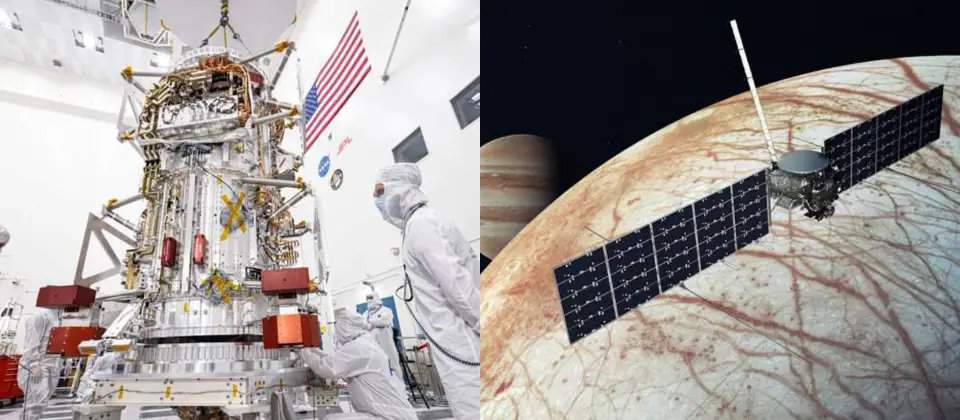NASA’s James Webb Space Telescope (JWST) recently discovered an old galaxy that died young. The most powerful telescope of our time made the fascinating discovery while conducting the deepest observations to spot the oldest dead galaxy in space. The galaxy existed when the universe was just 700 million years old, which is approximately over 13 billion years ago.
But why is it called a dead galaxy? Astronomers at the University of Cambridge generally referred to the cosmic object as a dead galaxy as it has stopped producing stars in the blink of cosmic time.
Why This Dead Galaxy Is Difficult To Find
Finding this type of galaxy during the early universe is one of the complex challenges astronomers encounter while analyzing data from JWST. The early universe was quite mysterious and dramatic. Hence, researchers still struggle to fully understand how its environment was shaped.
Researchers made this discovery by using the James Webb Space Telescope to observe the depths of the cosmos. They captured the galaxy that stopped star formation over 13 billion years ago. The strange galaxy lived fast as it went from being an active star-forming galaxy to a dead state within a shorter period on a cosmic scale.
Based on recent data from Webb, astronomers discovered that this new galaxy lived for a short period as it experienced a short and quick burst of star formation which lasted between 30 and 90 million years old. But between 10 and 20 million years before Webb observed it, the galaxy has stopped star formation.
“The first few hundred million years of the universe was a very active phase, with lots of gas clouds collapsing to form new stars,” said Tobias Looser, the paper’s first author from the Kavli Institute for Cosmology.
“Galaxies need a rich supply of gas to form new stars, and the early universe was like an all-you-can-eat buffet,” added Looser.
Generally, galaxies usually reduce their star formation activities after billions of years following a gradual process. However, this dead galaxy stopped forming stars so early, making it one of the rarest galaxies to ever exist.
What Could Have Caused The Existence of this galaxy
Scientists behind the study suggest several possible explanations as regards why this dead galaxy stopped forming new stars that early. One of the possible explanations is that the supermassive black hole at the center of the galaxy possesses powerful jets that have the potential to sweep vital stellar gas out of the galaxy, thereby stopping the birth of new stars.
Another explanation is that the stars may swiftly eat up the galaxy’s gas making the dead galaxy cannot replenish its gas fast enough, which leads to gas depletion.
“We’re not sure if any of those scenarios can explain what we’ve now seen with Webb,” said Roberto Maiolino, the study’s co-author.
“Until now, to understand the early universe, we’ve used models based on the modern universe. But now that we can see so much further back in time, and observe that the star formation was quenched so rapidly in this galaxy, models based on the modern universe may need to be revisited,” added Maiolino in the press release.
The latest discovery suggests that the findings could be necessary in understanding the early galaxies’ evolution and star formation activity in the young universe. The team published their findings in the journal Nature.




